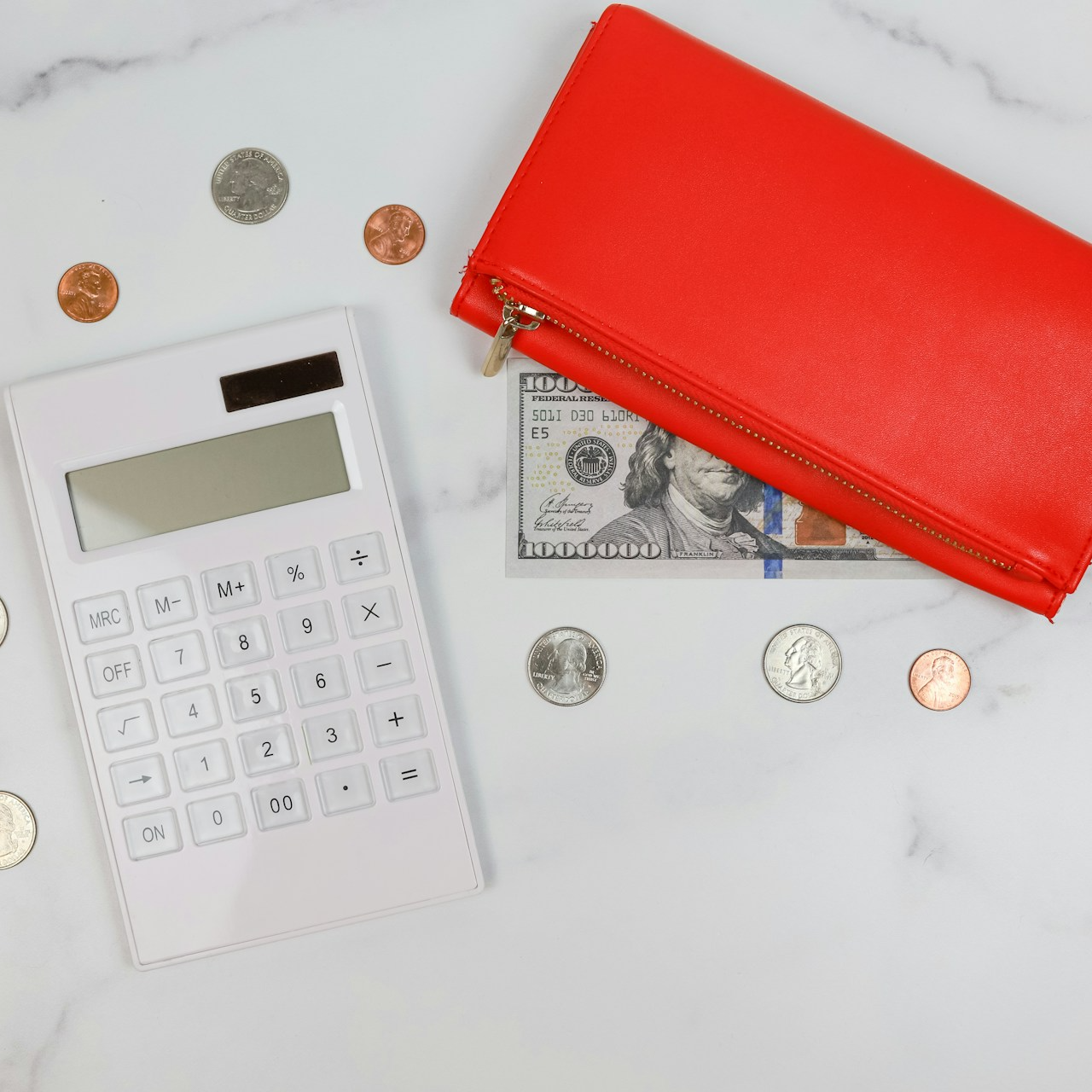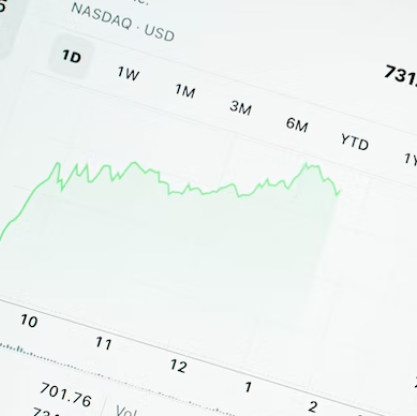It’s difficult enough to plan for retirement, but it’s considerably more difficult when the stock market is unpredictable. If you’re planning to retire soon, your funds may have taken a knock in recent months. On the other hand, market instability isn’t as frightening as it may appear. While it might be tough to retire during moments of high volatility, one key chart can help you relax and plan for the future. In 2022, the average monthly Social Security payout for retirees will be $1,657. However, the strange thing about averages is that they may mask a lot of extreme data. Many folks are getting much, much less than that, while a few lucky ducks are getting much more. Many personal considerations, such as how long you worked, how much you earned, and when you retired, contribute to establishing your monthly payout. So, while that amount is an excellent place to start when building a budget, it’s not one you should set in stone. Although the average monthly check is $1,657, roughly 20% of the program’s members will get less than $1,000 per month, with a large group earning just under $1,000 per month. Half of the participants will receive less than $1,600. And contrary to common assumption, the SSA does not benefit higher earners as much as some might think. Only around 4% of Social Security recipients get more than $3,000 in monthly payouts. Even though this amounts to roughly the national median annual earnings for a full-time worker, the remaining 45% of those earning more than the national average of $1,657 per month are still cashing checks for less than $3,000, according to data from the Social Security Administration. Assuming you make normal wages, there’s a 50% chance your monthly Social Security retirement benefit check will be as little as $1,000 (in today’s currency) and as much as $2,000 each month. There’s only a 30% chance it’ll be more than that because reaching that payment tier requires steady revenue of roughly $6,000 per month or more (in today’s money).
You may earn more if you prepare in advance The good news is that earning a little paycheck while doing so will allow you to achieve this “extra.” The trick is to start saving today, no matter how modest the sum may appear. Over the course of 30 years, a $100 monthly investment in an S&P 500 index fund earning an average of 8% per year may increase to roughly $135,000 in value. Later in life, investing that kind of money in strong, dividend-paying equities might boost your monthly Social Security payment by several hundred dollars, making the difference between a tough and comfortable retirement.
Contact Information:
Email: [email protected]
Phone: 5023226580












